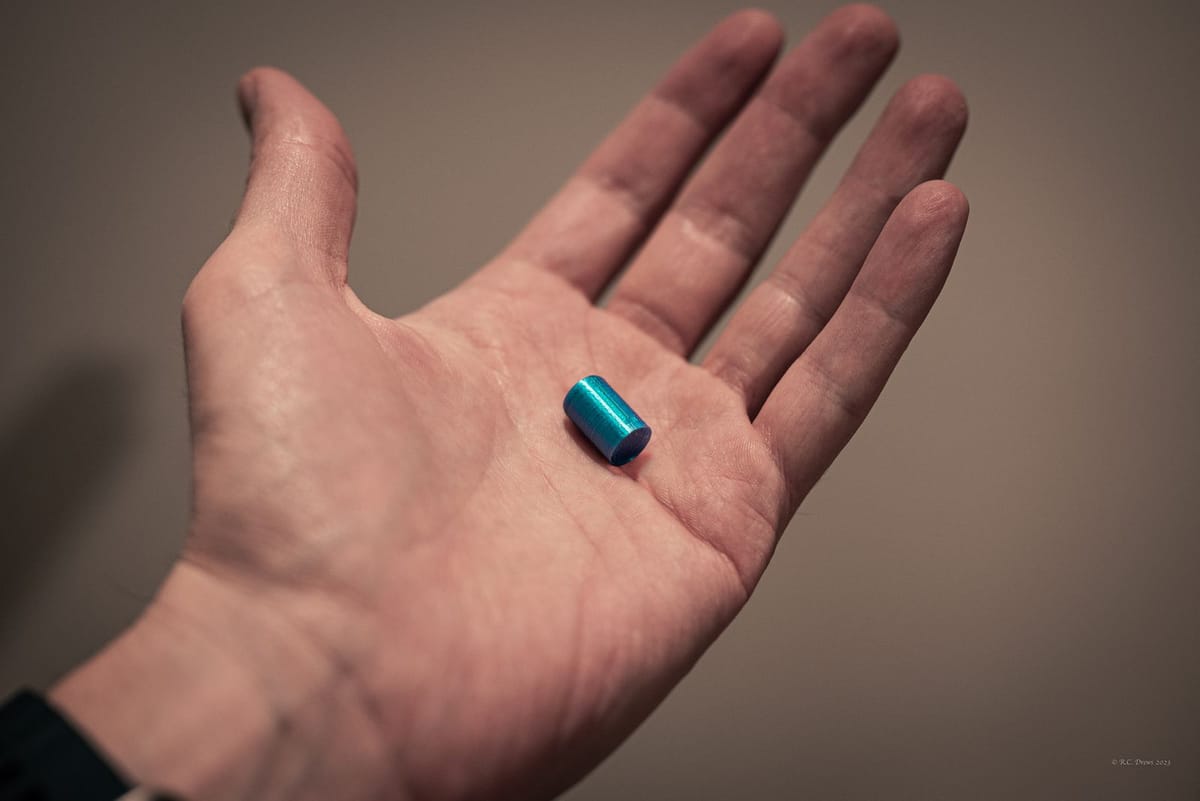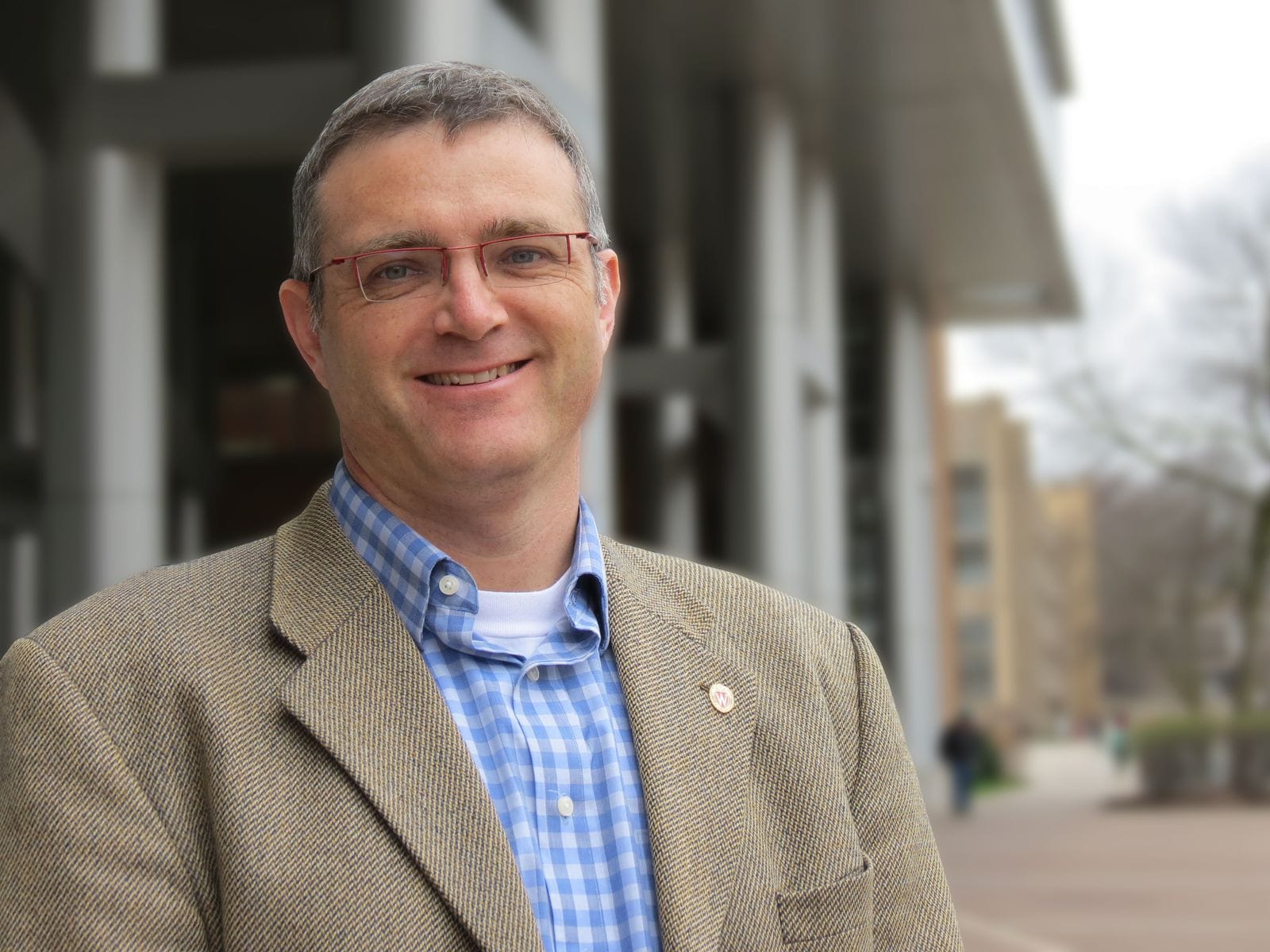Spent nuclear fuel contains 90% of its original energy – so why aren't we recycling it?
Nuclear at a Crossroads, Part VI: Experts say low uranium prices, the high cost of recycling, and fears of proliferation have all factored into the decision.

Editor's note: This story is part of our series exploring nuclear power. Catch up on the rest of the series.
Decades ago, the uranium-poor nation of Japan recognized that the best way to minimize dependency on foreign countries was to extract as much energy as possible from imported uranium.
Agreements with countries like France have allowed Japan to leverage existing European spent fuel reprocessing facilities and reduce the quantity of uranium imported. Later this year, Japan is expected to open its own reprocessing center at Rokkasho. The move would mark a major step toward further energy independence. Japan currently has 33 operable nuclear reactors, with 12 in operation.
In France, one of the world's leading nuclear power producers and a country which recently announced plans for up to 14 new reactors, fuel recycling has long been common. Since beginning operations in the mid-1960s, France's La Hague facility has processed more than 23,000 tons of spent fuel – enough to power the country's reactors for 14 years and reduce France's uranium consumption by an estimated 17%.
Spent nuclear fuel isn't the green, glowing goo of Hollywood imaginings. Enriched uranium is produced as small ceramic pellets. After months of operation in a nuclear reactor, the spent fuel is removed and placed in a large cooling pool before being stored in large concrete casks designed to survive extreme weather emergencies and acts of man. The "spent" fuel contains roughly 95% of its original energy, but remains a nondescript, solid ceramic pellet.
In part because the cost of raw uranium has remained so low for decades, many countries — including the United States — opt to place waste fuel in storage and buy new uranium to begin the process again. It's more than economics, however, and despite aggressive decarbonization efforts, some of the nation's top experts hope disposal, rather than reprocessing, remains the norm.
Isn't that illegal?
There's a common misconception that the reprocessing of spent nuclear fuel is banned in the United States. It began in 1977 when former President Jimmy Carter called for a five-part approach to minimizing the nuclear threat, beginning with an indefinite suspension of plutonium reprocessing efforts.
"A viable and economic nuclear power program can be sustained without such reprocessing and recycling," Carter said.
The Carter ban held for four years, until former President Ronald Reagan lifted it in 1981 as part of a series of policy initiatives intended to correct "government deficiencies" and allow nuclear to take its place in America's energy future.

Yet the Reagan reversal did little to inspire further research into nuclear recycling, and University of Wisconsin-Madison Professor Paul Wilson says that — more than 40 years later — the motivating factors are still missing. One 2004 study found the cost of reprocessing may be double that of disposal.
"It doesn't seem like the socioeconomic drivers are there today," Wilson said. And he doesn't believe significant change will occur unless uranium becomes much more expensive or unavailable, recycling becomes more affordable, or fears of proliferation can be assuaged.
Arguing against reuse
Spent nuclear waste has proven a challenge for utilities both in Minnesota and nationally. The country's previous plans for a federal storage facility at Yucca Mountain seem unlikely to succeed after decades of back-and-forth, and power companies have long called for a permanent solution. According to the International Atomic Energy Agency, recycling could recover up to 96% of the reusable material in spent fuel. It may also reduce both the quantity and radioactivity of the remaining waste.
Reprocessing spent fuel is a complicated and expensive process, but a major concern regards the risk of nuclear proliferation. For spent fuel to be recycled, it first needs to be transported. This could be across state lines or, in the example of Japan’s agreement with France, it could be international. Some experts argue time in transit is an opportunity for radioactive materials to be intercepted and repurposed into either a “dirty” bomb or functioning nuclear weapons. Wilson says the topic remains hotly debated, though he feels materials recovered from spent fuel wouldn’t be ideal for weapons manufacturing.
A now-famous 2003 MIT study concluded that reprocessing isn't worth the cost or the risk of proliferation. The paper recommended at least for the next 50 years that the best practice is using uranium once and discarding spent fuel. Further, the authors encouraged the United States to work with countries currently practicing reprocessing to limit its use and recognize that using fuel once "is widely viewed as a legitimate aspiration for the distant future.”
More recently, a 2019 article published by the Bulletin of the Atomic Scientists, titled "Recycle everything, America – except your nuclear waste" hammers home the same anti-proliferation warning:
"Recycling and minimizing — even eliminating — the waste streams that many industries produce is responsible and prudent behavior. But in the context of nuclear energy, recycling is expensive, dirty, and ultimately dangerous," the article states.
There may still be a place for nuclear recycling in America. In 2022, the U.S. Department of Energy launched the Converting UNF Radioisotopes Into Energy (CURIE) Program, which ultimately awarded $38 million to a dozen programs nationwide to study advanced reactor designs and new recycling technologies that are both secure and economically viable.
The results of the CURIE Program efforts remain to be seen.
We've got momentum. Help us take the leap!
Project Optimist is excited about the future.
We've added to our newsroom in the past year, we received a grant from Arts Midwest, and we've got lots of interesting journalism on the horizon.
Taking this leap means we're asking our community to support us as we grow into this next phase!
Your donation will go directly toward funding journalists, artists, and staff who make Project Optimist great.
Support solution-focused journalism in greater Minnesota with a donation today!
